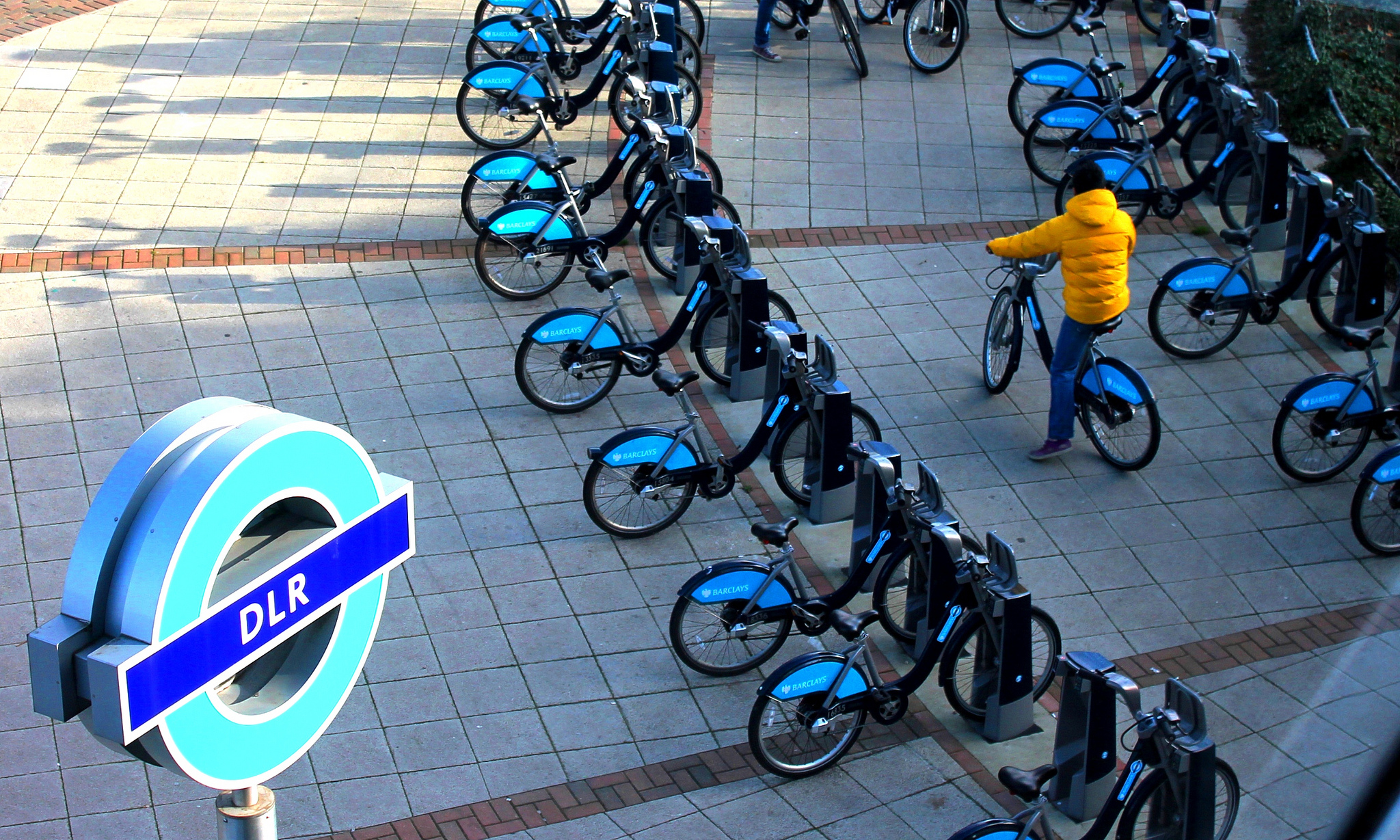When teachers and organisations speak of the benefits of physical education they usually address the value of being physically active on the grounds that it can improve health. There is substantial evidence in the medical and exercise science literature to support this. However, the position that physical activity is important for health is a future orientated value and not a “here and now” value that is relevant to young people. Many adults will claim that being physically active in a chosen pursuit energises their lives and this is an important positive and “here-and-now” claim but it is rarely acknowledged or reported.
Nevertheless, the position that physical activity is important for health later in life tends to dominate. As a result, the value of taking part in different forms of physical activity that people have chosen, because it enriches their lives and they value it, is neglected. These different forms of what I would call ‘purposeful physical pursuits’ are associated with cultural worth. They are valuable cultural practices that have great significance and contain rich traditions and exemplify the very best of human endeavour. These are practices of great value that affect people in very pervasive manner and have become fundamental aspects of our human heritage and cultural life.
These cultural practices take up a great deal of media coverage and at certain times international festivals of sporting excellence like the Olympic Games or World Championships arouse a great deal of interest and generate considerable political and social debate. These sporting activities provide avenues for the pursuit of excellence and also as recreational pursuits that people take very seriously. In the same way, they have inspired literature and the art world to create works that have contributed to a deeper understanding of these cultural forms.
In a different way, dance and adventurous challenges attract the same sort of commitment and striving for excellence but they also provide valuable alternative, often non-competitive, avenues for achievement. They provide a range of very different cultural experiences that are expressive, imaginative, creative and aesthetic. They serve as a springboard for creativity in dance making and arts-making processes like performing, improvisation, choreography, and composition. These are pursuits of great value.
Outdoor adventurous pursuits provide numerous experiences in diverse natural surroundings (and wild zones) in different weather conditions. These open our (one’s) eyes to a different world brim full of challenges with opportunities to explore our inner resources, outdoor living and to experience what is called “deep play” in which we learn to overcome fears in risky situations.
It is important also to acknowledge youth culture and the way in which new forms of purposeful physical pursuits have been developed that are self-directed and self-governed. These cultural forms find expression in street culture, lifestyle movements and organisations run by young people. In this context they should remain as pursuits devised by young people and no attempt should be made to connect them to a school curriculum. Teachers would be better served by ensuring that opportunities for self-directed learning, creative expression and young people’s involvement in their own learning (giving them a genuine voice) are key aspects of a learning culture within schools.
I believe all of these cultural pursuits represent disciplined forms of activity in the sense that there is a great deal to learn in each area which requires practice and refinement. In order to accomplish anything, commitment, dedication and real effort are involved; at the same time these pursuits generate satisfactions that motive further participation.
As a result these cultural practices have the power to enrich and transform lives, becoming absorbing interests and pursuits that people value because they are rewarding and fulfilling. They provide also avenues for the enhancement of human capacities and qualities and also the pursuit of excellence that can transform lives. They have the potential to arouse young people’s interests and enable them to become acquainted with important and significant features of cultural life. Coming to understand the scope of this and recognising their significance within our culture and traditions is an important aspect of school life. Any form of educational enterprise concerned with such traditions would be incomplete without the inclusion of culturally valued purposeful physical pursuits.
In this way of thinking, the content of physical education would need to go far beyond the narrow perspective of developing motor skills or fundamental movement skills. Teachers would need to consider how they can facilitate opportunities for young people “to get on the inside” of different pursuits so that they can learn to value and care about them in addition to their participation in them. We need to find ways of helping young people to learn to make decisions about the role of their chosen pursuit (or pursuits) in their lives so that they are able to enhance or deepen their understanding of what they can do in their lives
So what is the relevance of this argument to Physical Literacy? Physical Literacy is underpinned by a number of philosophical concepts associated with Monism, Existentialism, Phenomenology, Embodied Cognition and the Capability Approach. These provide guiding principles that inform a pedagogical stance that is well suited to promoting cultural richness and cultural worth through a wide range of purposeful physical pursuits that are highly valued. It is these guiding principles that stand out in sharp contrast to a number of different interpretations that see FMS as key concepts of Physical Literacy: a position that requires careful scrutiny of how FMS has become a key concept within Physical Literacy when the guiding principles contradict this position.
All my blogs are invitations to engage in a “conversation” to improve our understanding of ideas and provide more clarity. Please contribute to this “conversation” so that clarity can provide better guidance to practice.
Note: Although I am speaking mainly about young people these ideas are relevant also to adults.

